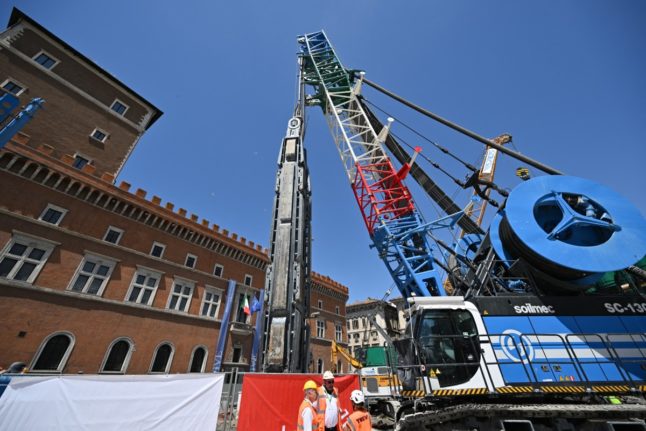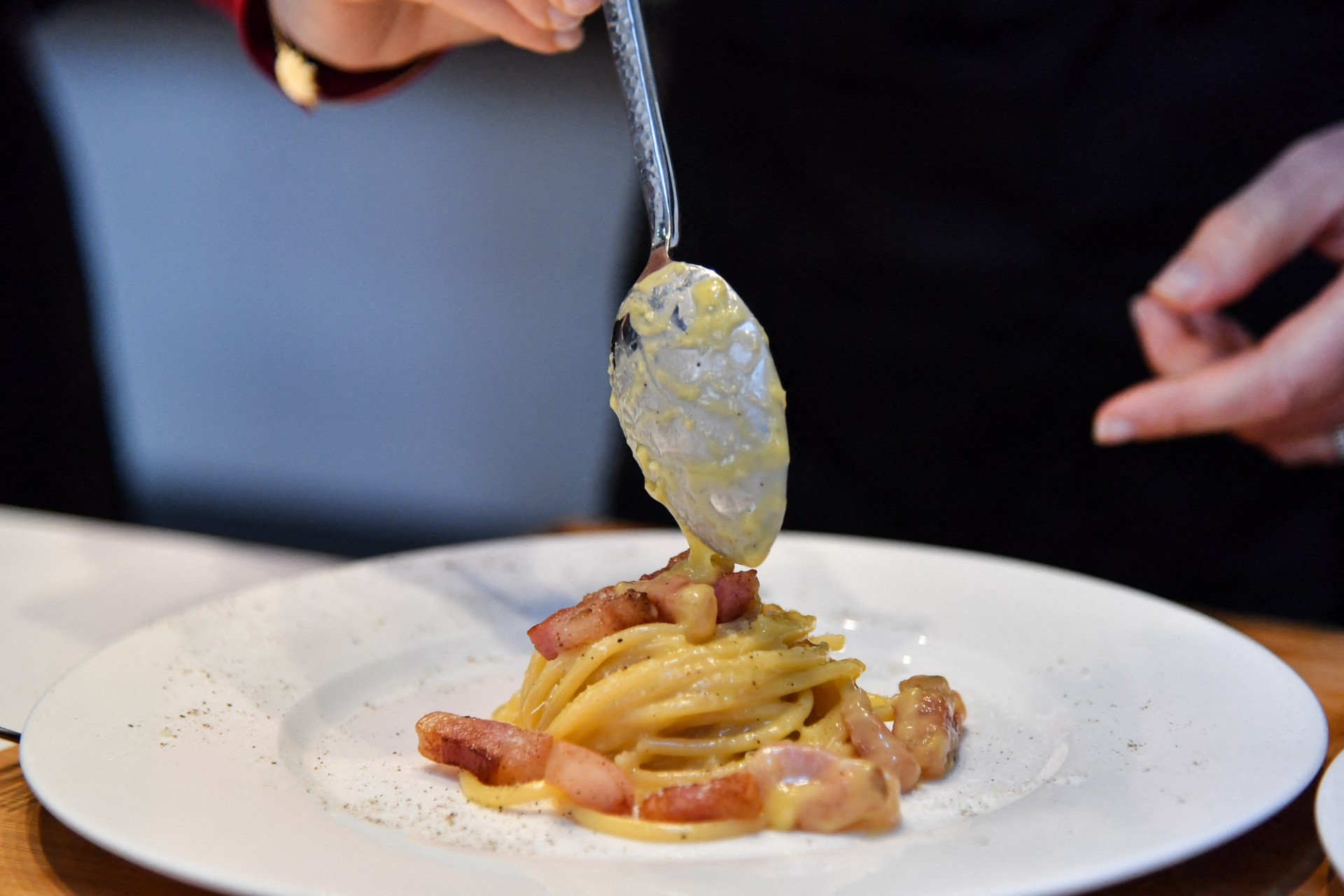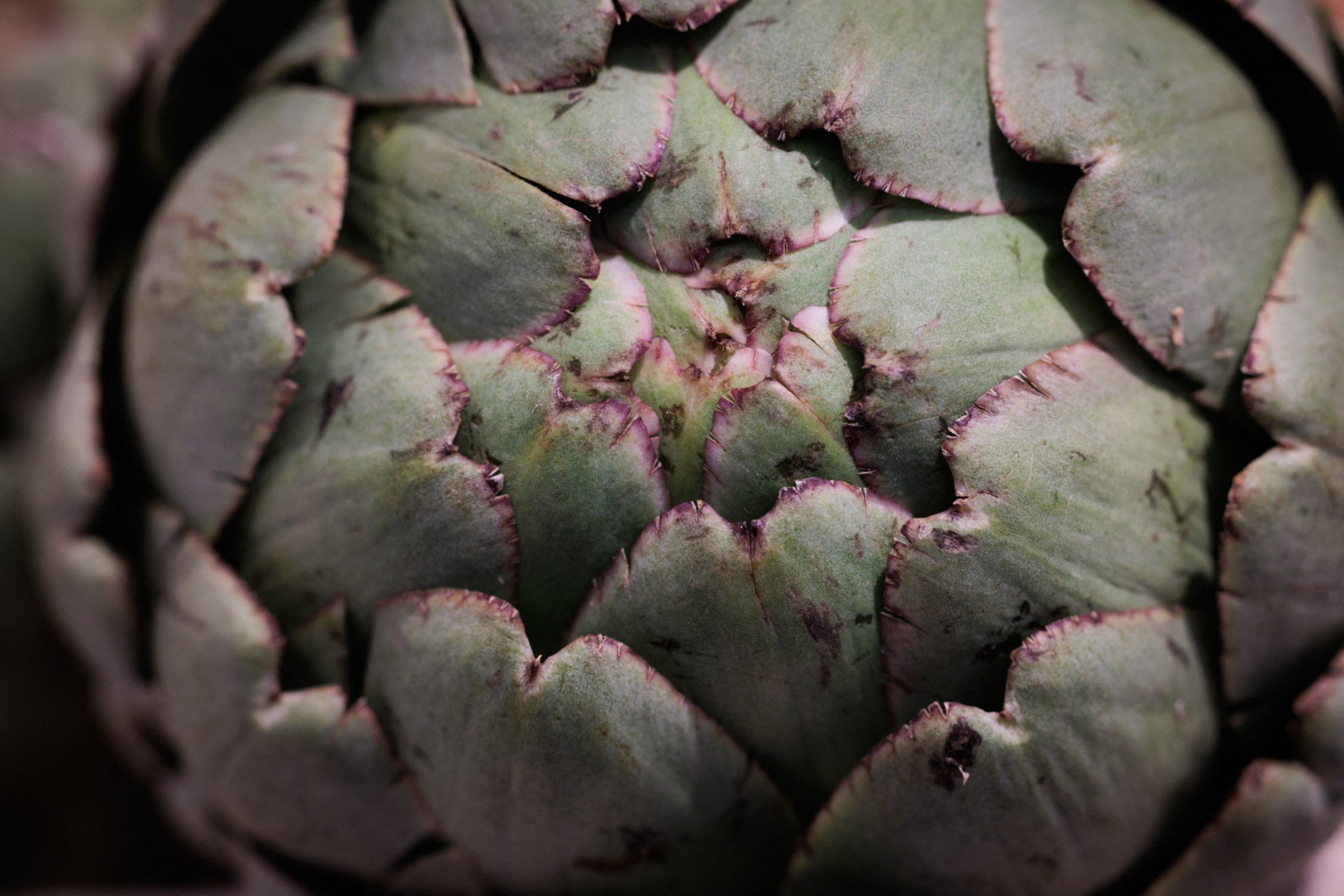Rome’s train, and metro and tram lines are set to undergo considerable maintenence work between June and August this year, according to transportation companies ATAC and Trenitalia.
The latest announcements came after Rome transport councillor Eugenio Patanè in January confirmed tram line closures between May and October as part of extensive maintenance and construction works taking place across the Eternal City ahead of the 2025 Jubilee.
READ ALSO: Rome’s public transport fares set to rise this summer
“The trams are currently being replaced by buses for the duration of the works and stored at the Porta Maggiore tram depot,” said Patanè.
With the trams out of service, visitors and workers may be planning to rely on metro and rail services instead – but several of these will also be suspended or limited due to maintenence work during summer 2024. Here are some of the main closures planned:
Trains
Rome to Tivoli (FL2) – the regional transport line will be completely suspended from June 10th to June 28th. The railway passes through Tiburtina station through to Ponte di Nona, Tor Sapienza, La Rustica and finally Tivoli.
Replacement bus services are expected to run instead. You can find out more information here
Rome to Castelli Romani (FL4) – From July 23rd to August 31st the Castelli Line, which travels from Termini and passes through Ciampino, Frascati, Albano Laziale and Velletri, will not be running.
The rail line will be closed to install a technology named ERTMS which will allow a greater frequency of trains to run.
A bus replacement service has not yet been confirmed.
Metro
Line A – All stations have been closed since April from 9pm Sunday to Thursday due to track replacements between Ottaviano and Battistini. The line is expected to reopen on December 5th.
Complete closures at some stations are also planned.
READ ALSO: The transport strikes to expect in Italy in summer 2024
Spagna will be shut from July 15th to October 3rd and Ottaviano will be shut from July 22nd to September 9th. Vittorio Emanuele, which is currently closed, is expected to reopen on June 30th.
Line C – Work is set to continue throughout the summer on Rome’s newest metro line, which has been under construction since 2007 and is not yet operational.
Ongoing work on the new Metro C Venezia station, at Piazza Venezia, means continued disruption to traffic and surface-level transport this summer. The station is set to be completed by the end of December 2024 and is expected to open to passengers in 2025.
Meanwhile, the opening of new Line C metro stations at Colosseo and Porta Metronia has been pushed back to mid-2025, meaning they will not be running in time for the start of the Jubilee year as hoped.
For more information on Rome’s public transport closures, check the Trenitalia and ATAC websites when planning your journey.





 Please whitelist us to continue reading.
Please whitelist us to continue reading.
Member comments